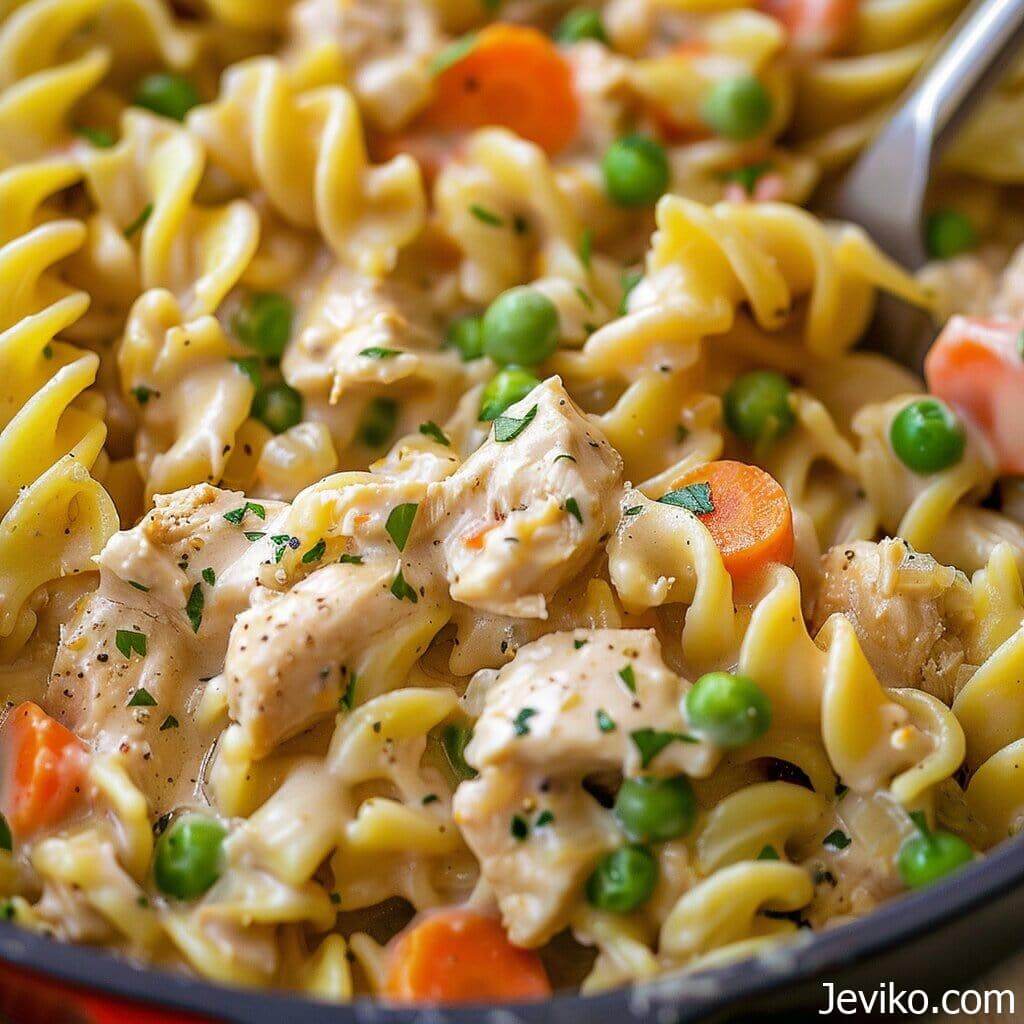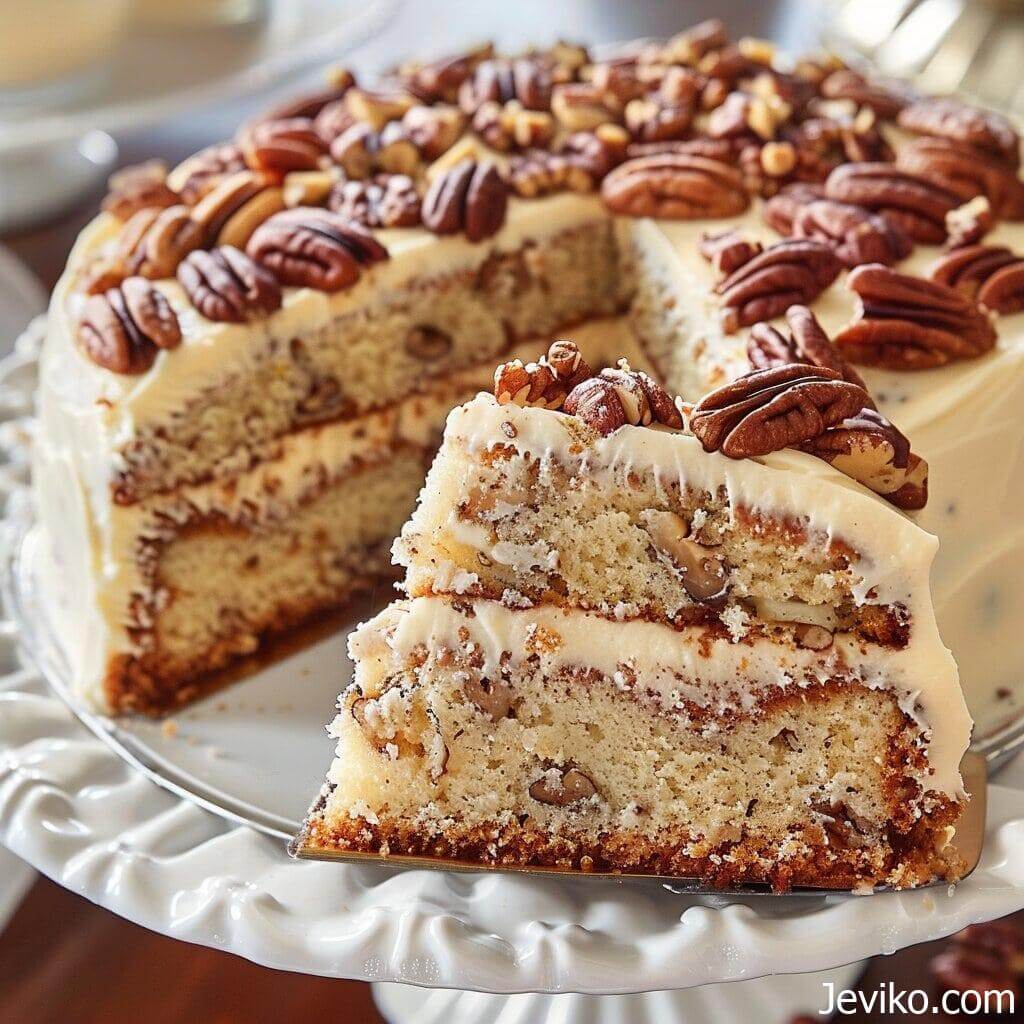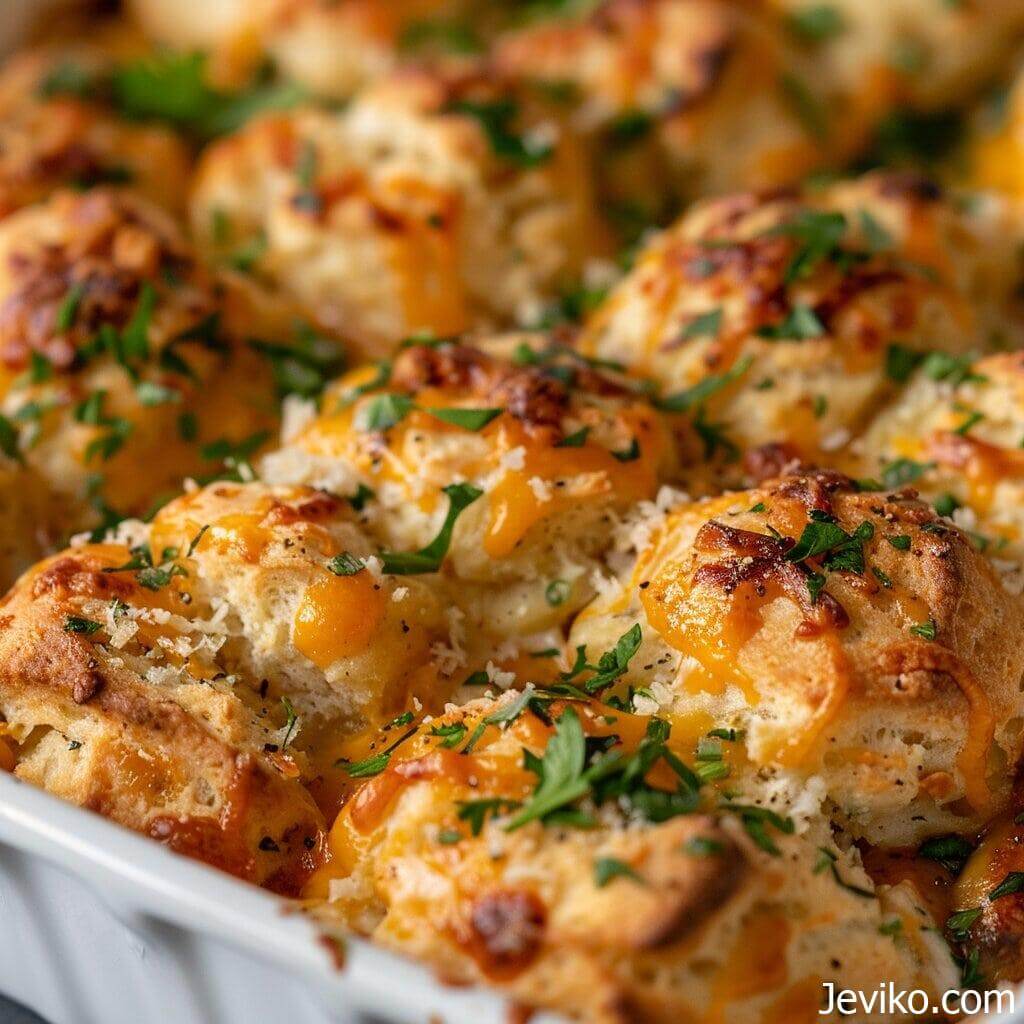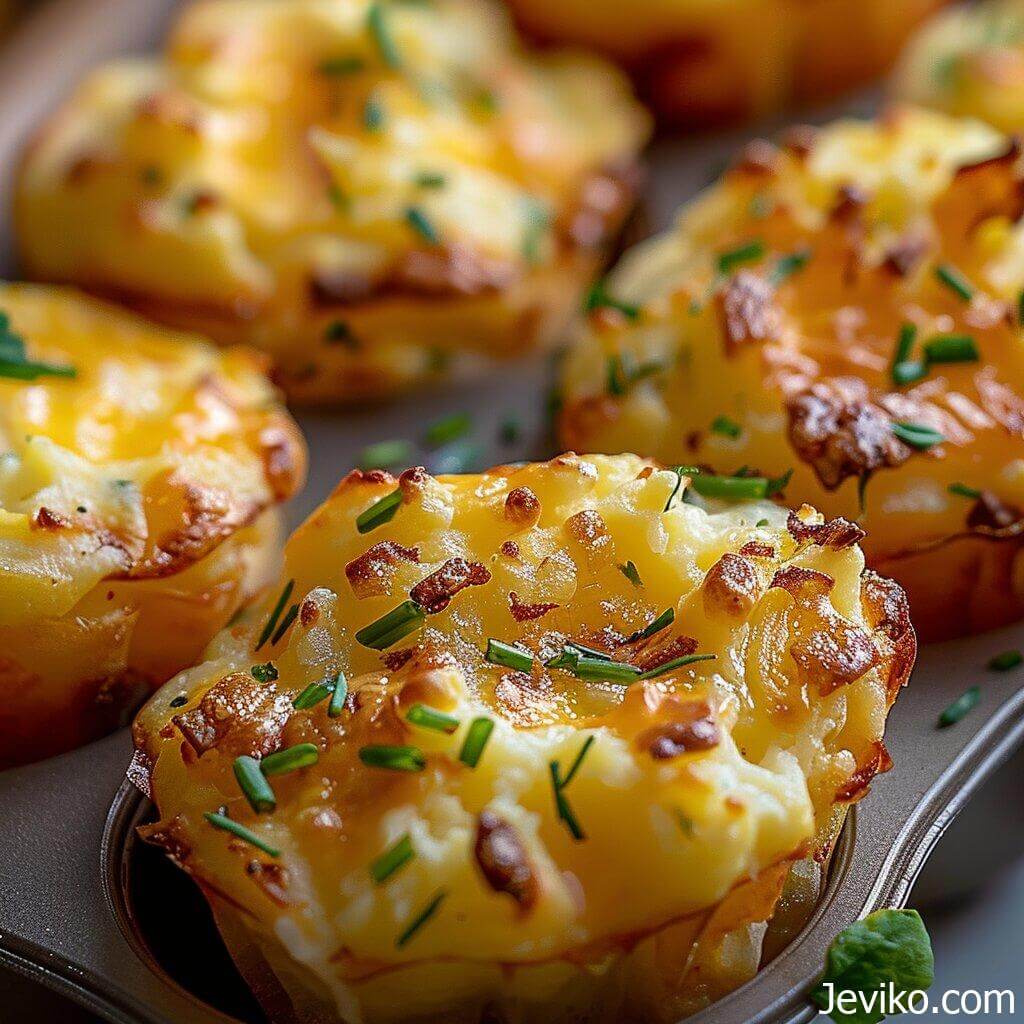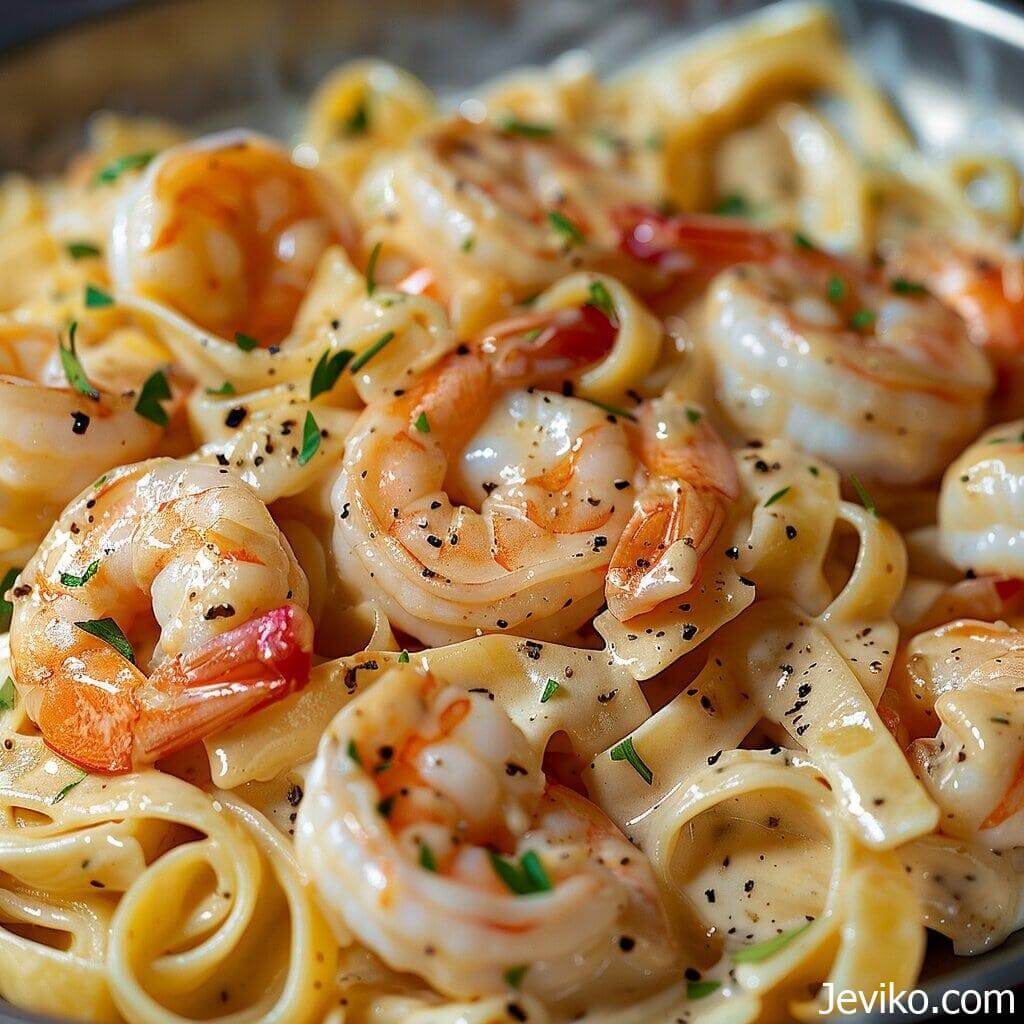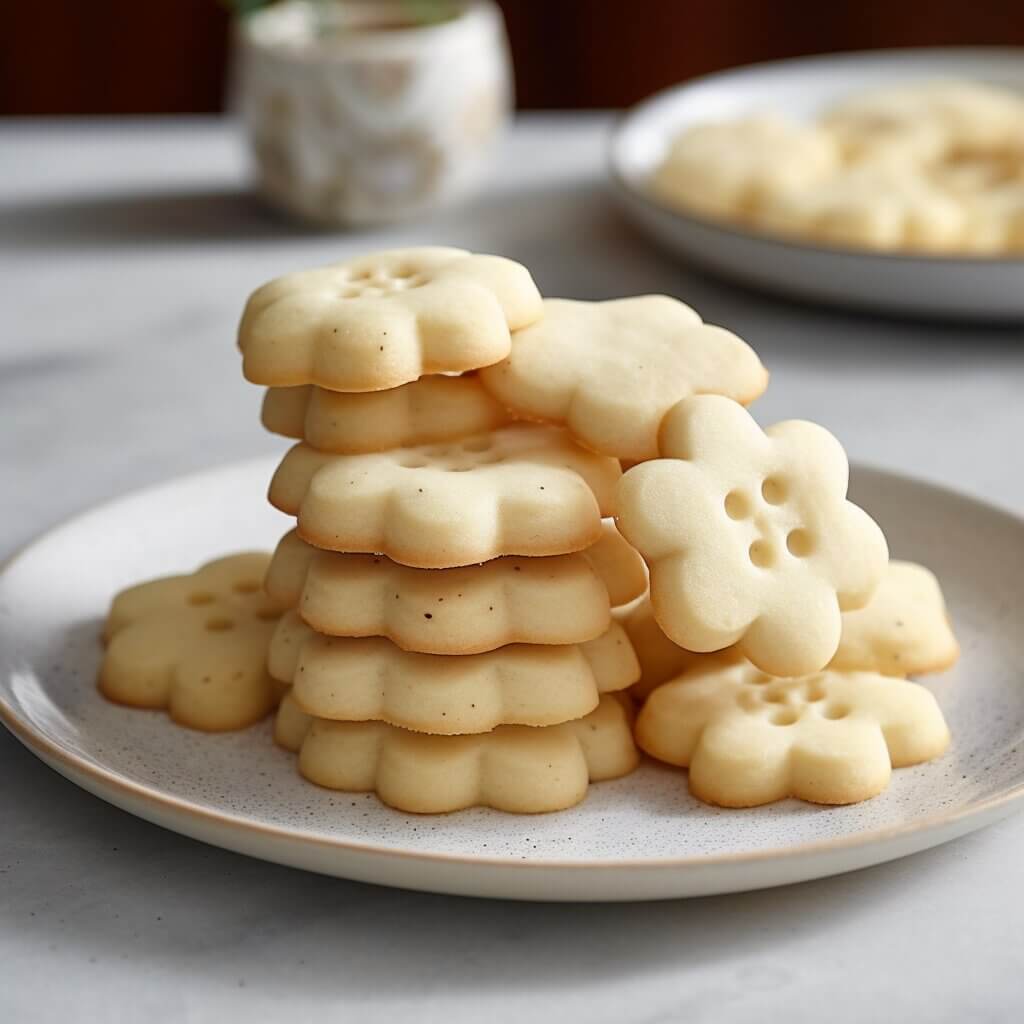
Friends, get ready to be transported to buttery biscuit heaven! Today I’m beyond thrilled to share my treasured recipe for melt-in-your-mouth Scottish shortbread. I’ve been baking these deliciously crumbly, richly flavored treats since I was a child, thanks to my grandmother who would whip up batch after batch around the holidays.
Over the years, I’ve honed the technique and added my own special touches to create what I think is the ultimate version of this classic cookie. Flaky and tender, with just the right balance of butter to flour, they are an absolute dream paired with tea or coffee. The aromatic vanilla and hint of salt play perfectly against the sweet, toasted notes.
Baking shortbread is soothing to the soul. The scent of butter wafting from the oven, transform basic ingredients into edible magic embodies the very spirit of hygge. I can’t wait for you to experience it!
Now, let’s dive in to all you need to know to bake flawless shortbread every time. I’ll guide you through my simple secrets, pro tips, and fixes to any hiccups along the way. Please feel free to reach out if you have any other questions. Nothing brings me more joy than talking shortbread!
Let’s start with the FAQs:
What makes shortbread cookies different from other cookies?
Shortbread gets its name from having a high proportion of butter to flour, creating a short, crumbly texture. The dough is pressed into a pan and baked in slabs or cut into shapes.
Can I use margarine instead of butter?
I don’t recommend it! Butter is essential for the rich flavor and texture of proper shortbread. Stick with unsalted butter at room temperature.
How do I get the cookies perfectly baked without burning?
Watch them carefully near the end of baking. They should be lightly golden brown on the bottom when done. Err on the side of underbaked as they’ll firm up as they cool.
How do I get a nice, even shape when cutting the cookies?
Chill the dough first, then cut shapes using gentle, straight motions with a sharp knife. Twist the knife slightly to release the shapes cleanly.
Can I make ahead and freeze shortbread dough or cookies?
Absolutely! Form dough into a log, wrap well and freeze for up to 3 months. Or bake cookies and then freeze up to 3 months.
What is the best way to store baked shortbread cookies?
Store completely cooled cookies in an airtight container at room temperature up to 1 week. Freeze for longer storage.
Now, let’s get to the recipe!
Prep Time: 25 minutes
Cook Time: 45 minutes
Total Time: 1 hour 10 minutes
Ingredients:
- 1 cup (2 sticks or 8 ounces) unsalted butter, softened to room temperature
- 1/2 cup (50 grams) confectioners’ sugar
- 1 teaspoon pure vanilla extract
- 2 1/4 cups (280 grams) all-purpose flour
Instructions:
- Line an 8×8-inch baking pan with parchment paper. Be sure the parchment overhangs the pan on all sides – this will make lifting out the finished shortbread a breeze! The overhang acts as a built-in sling.
- In a large mixing bowl, beat together 1 cup of room temperature, unsalted butter and 1/2 cup of confectioners’ sugar. Use a hand mixer or stand mixer fitted with the paddle attachment to cream them together on medium speed until light and fluffy, about 2 minutes. You’ll know it’s ready when the mixture is smooth, pale, and increased in volume.
- Next, beat in 1 teaspoon of pure vanilla extract. The vanilla provides a subtle floral aroma and prevents the buttery flavor from becoming overpowering. Its touch of sweetness pairs perfectly with the sugar.
- Gradually add 2 1/4 cups of all-purpose flour, about 1/2 cup at a time, stirring gently just until incorporated after each addition. Be careful not to overmix once the flour is added or the shortbread will become tough. The dough is ready when it holds together and pulls away slightly from the bowl.
- Turn the dough out into the prepared parchment-lined baking pan. Use your fingertips and palms to press it evenly across the bottom of the pan. Make sure there are no holes and the layer is smooth and uniform in thickness.
- Here’s a vital step that prevents tunneling: Take a fork and poke deep holes all over the top of the dough. This allows steam to escape during baking so the shortbread bakes up deliciously tender and flaky instead of puffed and hollow.
- Pop the pan into the fridge for 30 minutes until the dough is chilled. Chilling prevents spreading and helps the cookies hold their shape when cutting later.
- Bake at 300°F for 40-50 minutes, rotating the pan halfway through, until lightly browned across the bottom. Keep an eye on it in the last 5 minutes since shortbread color can deepen quickly. The top will remain pale.
- Let cool completely in the pan for a full hour before cutting. This ensures the cookies will hold together and not crumble when slicing.
- Use the parchment overhang to lift the cooled shortbread out of the pan in one piece. Transfer to a cutting board. Cut into 32 squares using a sharp knife and gentle sawing motion. Store in an airtight container at room temperature up to 1 week.
Cooking Tips:
- Allow butter to soften properly for easiest mixing. Don’t melt it!
- Take your time when adding the flour for the smoothest dough.
- Chill the dough briefly before cutting if it seems too soft.
- Cut shapes cleanly without twisting for prettiest edges.
- Check cookies at least 5 minutes before minimum baking time.
- Let cookies cool completely before removing from pan.
- Store in airtight container to keep cookies crisp.


